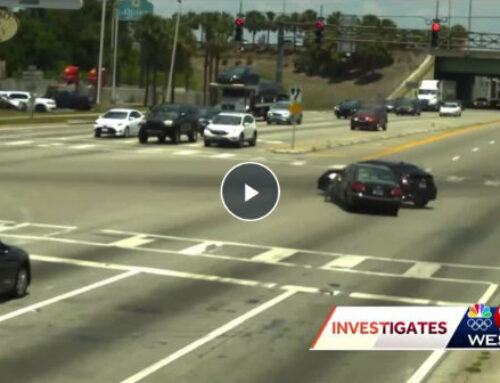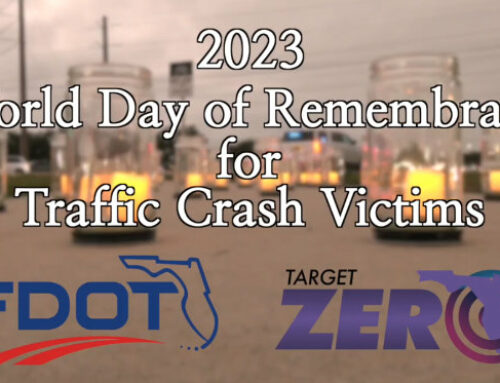In the ever-evolving landscape of traffic management and safety, red light cameras have become a focal point of discussion and analysis. These automated devices play a crucial role in promoting road safety, reducing accidents, and encouraging responsible driving behaviors. In this article, we will take a closer look into the topic of red light camera statistics and data for the past year, shedding light on their impact, effectiveness, and significance in modern traffic management.
In recent years, the deployment of red light cameras has garnered substantial attention due to their potential to curb dangerous driving behaviors and enhance road safety. These cameras are strategically placed at intersections to capture instances of vehicles running red lights, thus facilitating the enforcement of traffic regulations. As of 2023, the utilization of red light cameras has become a key element in the broader spectrum of traffic management strategies.
Red Light Camera Effectiveness
Red light cameras have proven to be highly effective in deterring red light violations and preventing potential accidents. According to recent studies, intersections equipped with these cameras experience a significant reduction in the number of red light violations. This deterrent effect is attributed to the knowledge that violations will be captured and result in penalties, encouraging drivers to adhere to traffic signals.
Trends in Red Light Violations
Analyzing the current data, a trend emerges in the reduction of red light violations in areas with active camera installations. This downward trajectory highlights the behavioral shift among drivers, emphasizing the importance of compliance with traffic regulations. The consistent decline in violations reflects the positive impact of red light cameras on driving habits.
Red Light Camera Statistics:
- More than 800 people per year are killed in red light accidents.
- In 2021, 1,109 people were killed in crashes that involved red light running.
- Red light safety cameras reduced the fatal red light running crash rate in large cities by 21 percent and the rate of all types of fatal crashes at signalized intersections by 14 percent.
- In the 14 cities where cameras were removed, the fatal red-light-running crash rate increased by 30%, and the rate of all fatal crashes increased by 16% at all signalized intersections.
- Red-light running crashes led to around 116,000 injuries and 928 fatalities in 2020.
- In 2021, the average camera issued 7.0 NOLs (Notices of Liability) on a daily basis – a 77 percent drop.
- Analyses of Chicago’s red light camera-equipped intersections found that dangerous angle crashes were reduced to approximately 55% of the yearly angle crashes.
- Red light cameras captured more than 100,600 offenses in Tampa, Florida in 2022.
- Adequate yellow time reduces red light running and leads to fewer crashes.
- Red light safety cameras are an effective way to discourage red light running.
Accident Reduction and Safety Enhancement
One of the paramount benefits of red light cameras is their contribution to the reduction of accidents at intersections. By discouraging reckless driving behaviors, these cameras play a pivotal role in preventing dangerous collisions. Statistical evidence supports the notion that intersections equipped with red light cameras experience a notable decline in T-bone and broadside crashes.
Geographic Distribution of Red Light Cameras
The distribution of red light cameras across different geographical regions is a critical factor in assessing their overall effectiveness. Urban areas with high traffic density and intersections prone to violations witness a more pronounced impact of these cameras. Strategic placement in accident-prone zones ensures maximum coverage and subsequently safer road conditions.
Financial Implications and Cost-Benefit Analysis
While the implementation of red light cameras incurs initial costs, the long-term benefits far outweigh the expenses. Revenue generated from fines serves as a potential funding source for traffic safety initiatives and infrastructure development. In-depth cost-benefit analyses reveal the positive economic impact of red light camera installations on local communities.
Public Perception and Community Engagement
Understanding public perception is essential for successful traffic management strategies. Initially met with skepticism, red light cameras have gained acceptance as their positive outcomes become more apparent. Community engagement, through public awareness campaigns and transparent communication, plays a role in fostering a collaborative approach to road safety.
Future Prospects and Technological Advancements
The future of red light cameras holds promising advancements in technology. Enhanced image capture, integration with smart city infrastructure, and real-time data analytics are among the areas of innovation. These developments will further elevate the capabilities of red light cameras in maintaining road safety standards.
Conclusion
In conclusion, this year continues to witness the instrumental role of red light cameras in shaping safer road environments. The data and statistics underscore their effectiveness in reducing violations, preventing accidents, and fostering responsible driving behaviors. As technology advances and public awareness grows, red light cameras are poised to remain a cornerstone of modern traffic management, contributing significantly to road safety and accident reduction.
In the realm of traffic management, the role of red light cameras stands undeniable. Their impact resonates through data-driven statistics, contributing to safer roads and responsible driving behaviors. As we look to the future, these cameras remain a beacon of road safety, continually evolving to meet the challenges of modern transportation.






